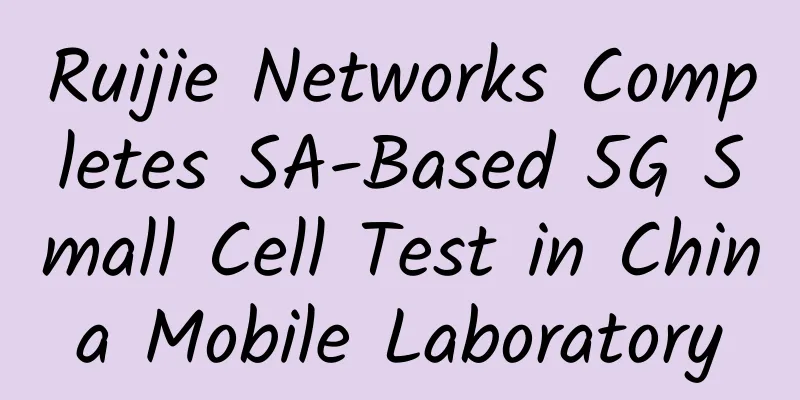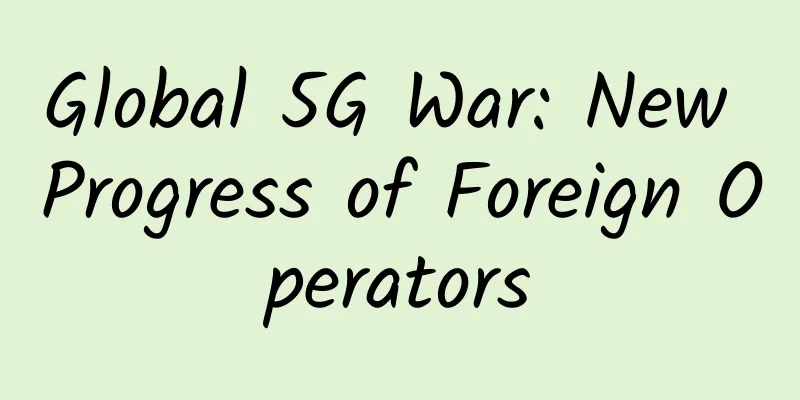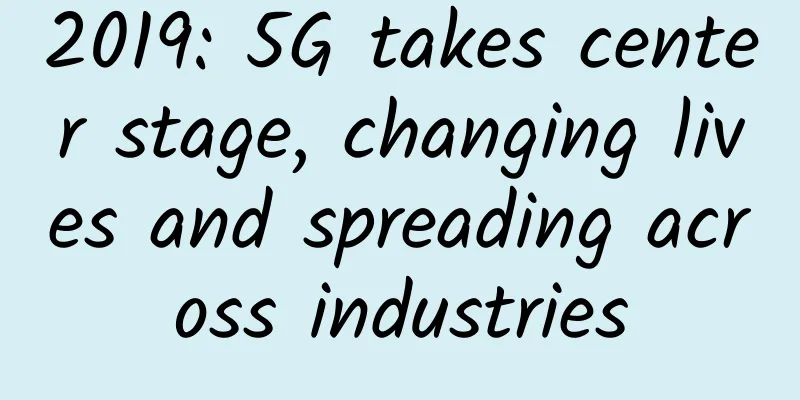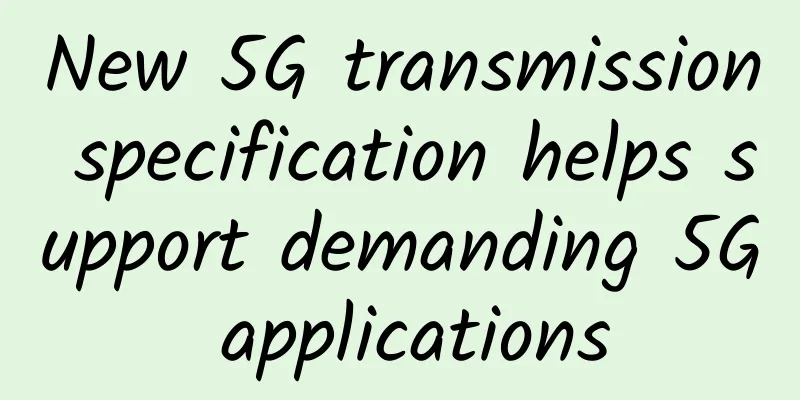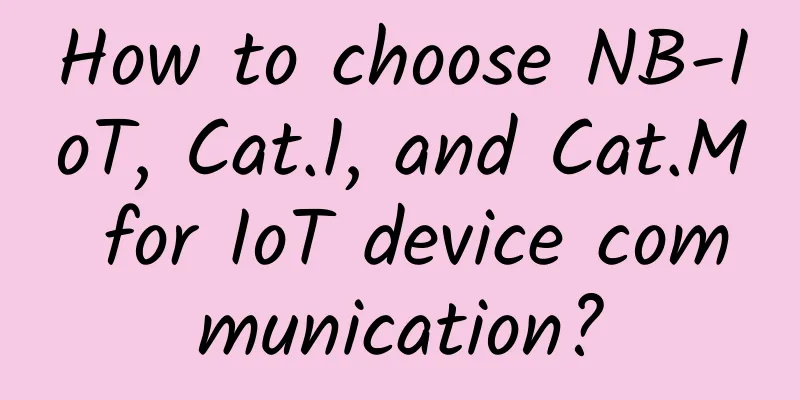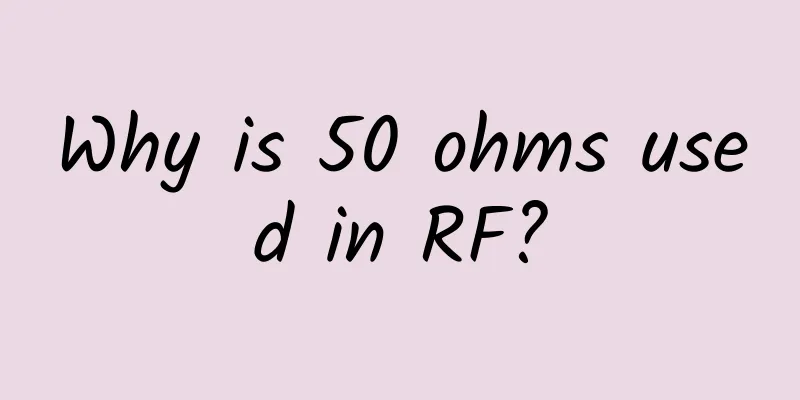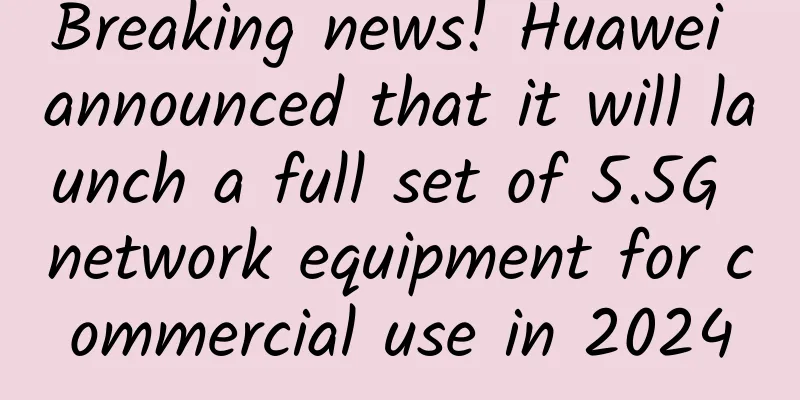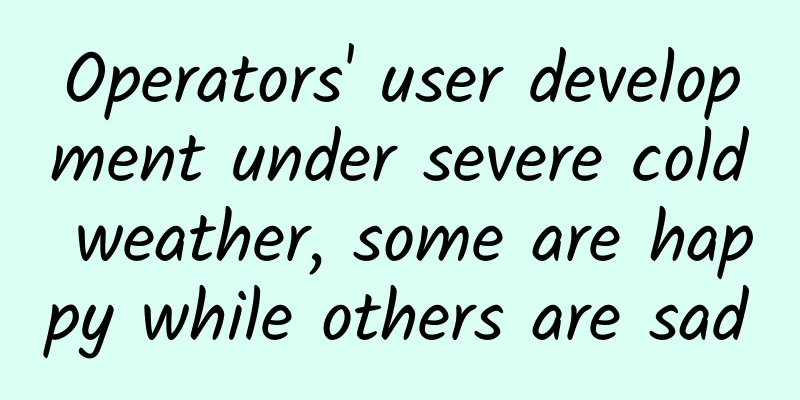How high is the spectrum efficiency of 5G?
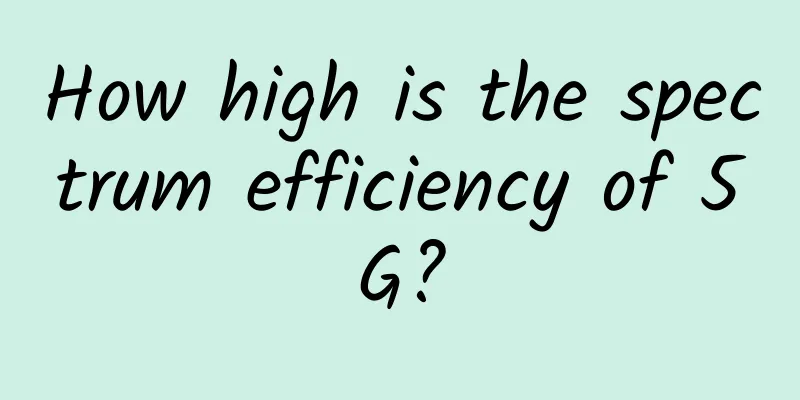
|
Wireless spectrum is the most valuable resource for operators. If the wireless network is compared to a rice field, the wireless spectrum is the land for growing rice. If the land is scarce and you want to achieve high yields, you can only work hard to cultivate good varieties.
Each generation of development in mobile communications is equivalent to the cultivation of higher-yielding rice varieties. Combined with land reclamation and finding ways to use the previously difficult-to-use barren land, we can achieve a several-fold increase in yield. For communications, increasing throughput means achieving faster data transmission rates (in Mbit/s) on the same bandwidth (usually in MHz). 4G and 5G can support a variety of different system bandwidths. To measure their capabilities, we need to calculate the transmission rate per unit bandwidth, also known as spectrum efficiency: Rate (Mbit/s)/Bandwidth (MHz) = Spectral Efficiency (bit/s/Hz) With this calculation, we can know the spectrum efficiency, that is, how many bits of data can be transmitted per hertz of spectrum per second. We can do the math: In the above table, the theoretical spectrum efficiency of 5G cells is 3.68 times that of 4G. LTE uses the most mainstream 4-antenna transmission, and each cell and each user can achieve the same number of streams, which is a maximum of 4 streams; 5G uses 64 antennas for transmission. Although each user can only support a maximum of 4 streams, with the support of Massive MIMO technology, the same spectrum in the entire cell can be reused by multiple users, achieving a total of 16 streams, crushing 4G in peak rate. In other words, the multi-user multi-stream transmission brought by Massive MIMO technology is the key to improving the theoretical spectrum efficiency of 5G. For a single user, the spectrum efficiency of 5G is equivalent to that of 4G, and the rate increase mainly depends on the increase of system bandwidth. The above is the maximum spectrum efficiency in theory, which is completely different from the actual user in the real cell. In actual use, the peak rate is definitely not achievable, as there are too many factors that affect the rate. This requires a more practical indicator: average spectral efficiency. Imagine that the number of antennas in densely populated urban areas, suburbs, and rural areas is different, the antenna heights are different, the frequency bands may also be different, the station spacing is different, the number of users is different, and the reflection, diffraction, and absorption effects of buildings on wireless signal propagation are also different. Can the cell rates be the same? Even under the same base station, multiple users are at different distances from the base station, use different mobile phones, move at different speeds, and perform different services. How much throughput can be achieved for so many users? This system is too complex. To know the average spectrum efficiency, we must use a computer to input all the above variables into the system, add many assumptions, and calculate according to a certain model. This process is called simulation. Generally, base stations use four antennas for transmission, and the average spectrum efficiency of 4G in urban areas is around 2.9 bit/s/Hz. That is to say, the average downlink rate of a 4G cell with a 20M bandwidth can only reach 58Mbps. 5G base stations use 64 antennas for transmission, and the average spectrum efficiency in densely populated urban areas is around 10 bit/s/Hz. That is to say, for a 5G cell with a 100M bandwidth, the average downlink rate is about 1Gbps. Similar to the maximum spectrum efficiency, 5G is more than three times that of 4G, but 5G has a large spectrum bandwidth, so the final average downlink rate of 5G cells is also amazing. So the question is, has the 5G vision been fulfilled? Let's look at the figure below. From the perspective of eMBB services, the user experience rate of 5G must reach 100Mbps. Judging from the fact that the spectrum efficiency is around 10 bit/s/Hz, the average downlink rate of a 5G cell with 100M bandwidth is about 1Gbps, it seems that the average user experience rate has reached 10 times the target. In fact, although the average rate is high, the user signal at the edge of the cell is not good and may be affected by other interferences, so it is difficult to achieve a rate of 100Mbps. Therefore, in actual network planning, 50Mbps is generally used as the standard for edge users, and 100Mbps is only used as a challenge target for high-value areas. Ultimately, to achieve good coverage and high speed, you have to spend money to build new stations, and network construction needs to consider the balance between investment and benefits. |
<<: Unity Online Technology Conference officially opens, with major upgrades to hardcore technology
>>: The intelligent combination of 5G technology and artificial intelligence
Recommend
The countdown to global 5G commercialization begins: an overview of the industrial landscape of various countries
In 2017, the global 5G mobile communications era ...
The love-hate relationship between video surveillance networks and IPv6
Among the three major layers of the Internet of T...
Review: China ranks first in 5G mobile phone sales, is the world happy too?
After the Spring Festival of the Year of the Ox, ...
my country's mobile IoT connections account for 70% of the world's total, with "things" connections rapidly surpassing "people" connections
On January 30, it was learned from the Ministry o...
Countries are competing to deploy 6G commercial services, and South Korea is ahead of the United States and Japan to seize the opportunity
After becoming the first country in the world to ...
GSMA Liu Hong: Who will build the 5G private network? Let the operators do it
[[383535]] 5G has the characteristics of high spe...
Ruijie Networks: Not only a light chaser, but also a light maker for Ethernet all-optical networks
With the rapid development of information technol...
China Mobile's Huang Yuhong: China Mobile will be a pioneer in 5G empowerment of various industries
On August 8, Huang Yuhong, deputy director of Chi...
Ministry of Industry and Information Technology: Three major areas to promote services suitable for the elderly
[[394583]] News on April 20: At the end of last y...
iONcloud November: San Jose optimization/Los Angeles monthly payment of $11.11 and annual payment of $111.1
iONcloud's Double 11 promotion runs throughou...
There are many "roadblocks" blocking the way for the full popularization of 5G. When will it be possible?
Now everyone is talking about 5G, just like when ...
my country's optical chip technology upgrades accelerate the proportion of optical devices to rise year by year
Optical chips and optical components are the basi...
Zero code, new momentum—the "Jiandao Cloud Zero Code Special" of the 2021 Fanruan Intelligence Conference concluded successfully!
On November 27, 2021, the "Jiandao Cloud Zer...
DNS record types
[[400276]] This article is reprinted from the WeC...
Officials have spoken! 5G network full coverage is too far away, and it will take another five to eight years to achieve
Although China's 4G network is not the best i...
